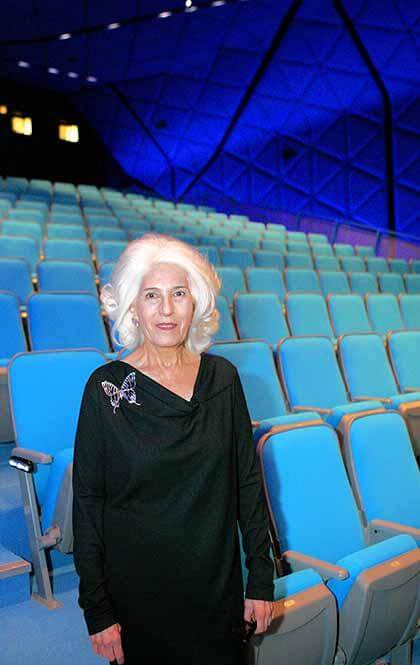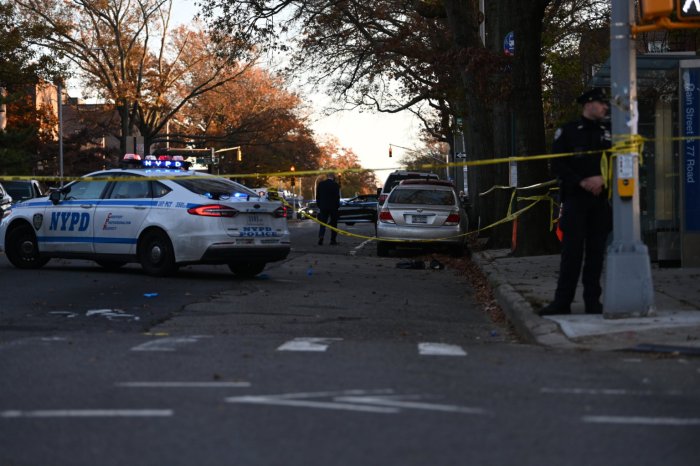By Joe Anuta
Borough President Helen Marshall vowed to fight for a fair share of cultural funding for Queens in her State of the Borough address last month, but the institution that doles out the cash said Queens can have the money — it just has to ask for it.
“As you can see, Queens receives less per capita arts support than any other borough in the entire city,” Marshall said, speaking at the Colden Auditorium at Queens College Jan. 25. “Despite these challenges, we continue to make investments that help our cultural venues grow and prosper.”
Marshall referred to a graphic showing the per capita funding for all of the boroughs in a pie chart. Queens came in last, with $2.81 per person behind Brooklyn’s $6.06, Staten Island’s $9.36, the Bronx’s $10.22 and Manhattan’s $18.22.
But according to Theresa Osborne, the director of culture and tourism for the borough president, those disparities are a sign that the city needs to adjust how it distributes money.
“I think what has to happen is the way the allocation is made has to be readdressed,” she said. “[Marshall] is just pointing out what seems to be an inequality. She can’t make changes on her own.”
But officials in the city Department of Cultural Affairs said Queens gets its fair share just like any other borough.
“The city has invested more money in Queens cultural organizations over the past nine years than ever before, and more than 80 percent of the Queens organizations that applied were funded last year — the same rate as other boroughs,” said Kate Levin, commissioner of the department.
And that rate lies at the heart of the lack of funding, according to a spokeswoman from Levin’s office.
“[The department] does not fund culture on a per capita basis,” she said. “We fund based on the number of organizations that apply to us for support.”
The reason for the difference is that fewer organizations from Queens apply for grants compared to the borough’s population than in other counties.
“We can’t fund organizations that don’t exist,” she said. “We’re really pushing to get as many groups in our system as possible.”
But funding smaller cultural organizations is only one of three ways the department gives out money.
First, it allocates money for smaller cultural organizations that can apply for grants, which is what Levin was referring to. But it also allocates funds to institutions like museums that sit on city property. Thirdly, it pays for construction and infrastructure improvement for renovations.
Although not explicitly mentioned in her speech, Marshall was referring to the second category — funding the major museums in the borough.
Her per capita pie chart only referred to major cultural institutions that exist on city property like the Queens Museum, the Museum of the Moving Image and the Queens Botanic Garden.
Dan Andrews, a spokesman for Marshall, said the president believes the money should be allocated by an area’s population and how much they use cultural institutions.
“Given the population, size and activity in Queens, we’re getting a disproportionate share,” he said. “Our figure is much smaller.”
But the spokeswoman for the city Department of Cultural Affairs said Queens has the second-highest number of cultural institutions on city property out of the five boroughs, and the Museum of the Moving Image enjoyed a $54.7 million renovation grant — the fifth biggest grant on the list.
The last category of funding is for construction and infrastructure development, like additions to museums and the renovation of, for example, the Museum of the Moving Image.
Reach reporter Joe Anuta by e-mail at januta@cnglocal.com or by phone at 718-260-4566.





























